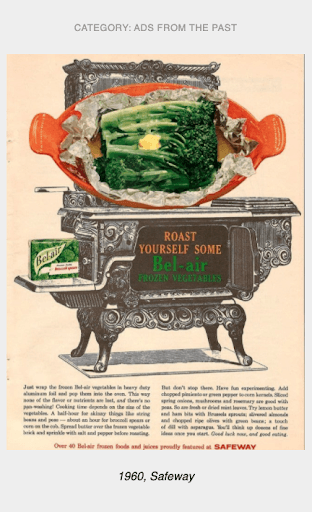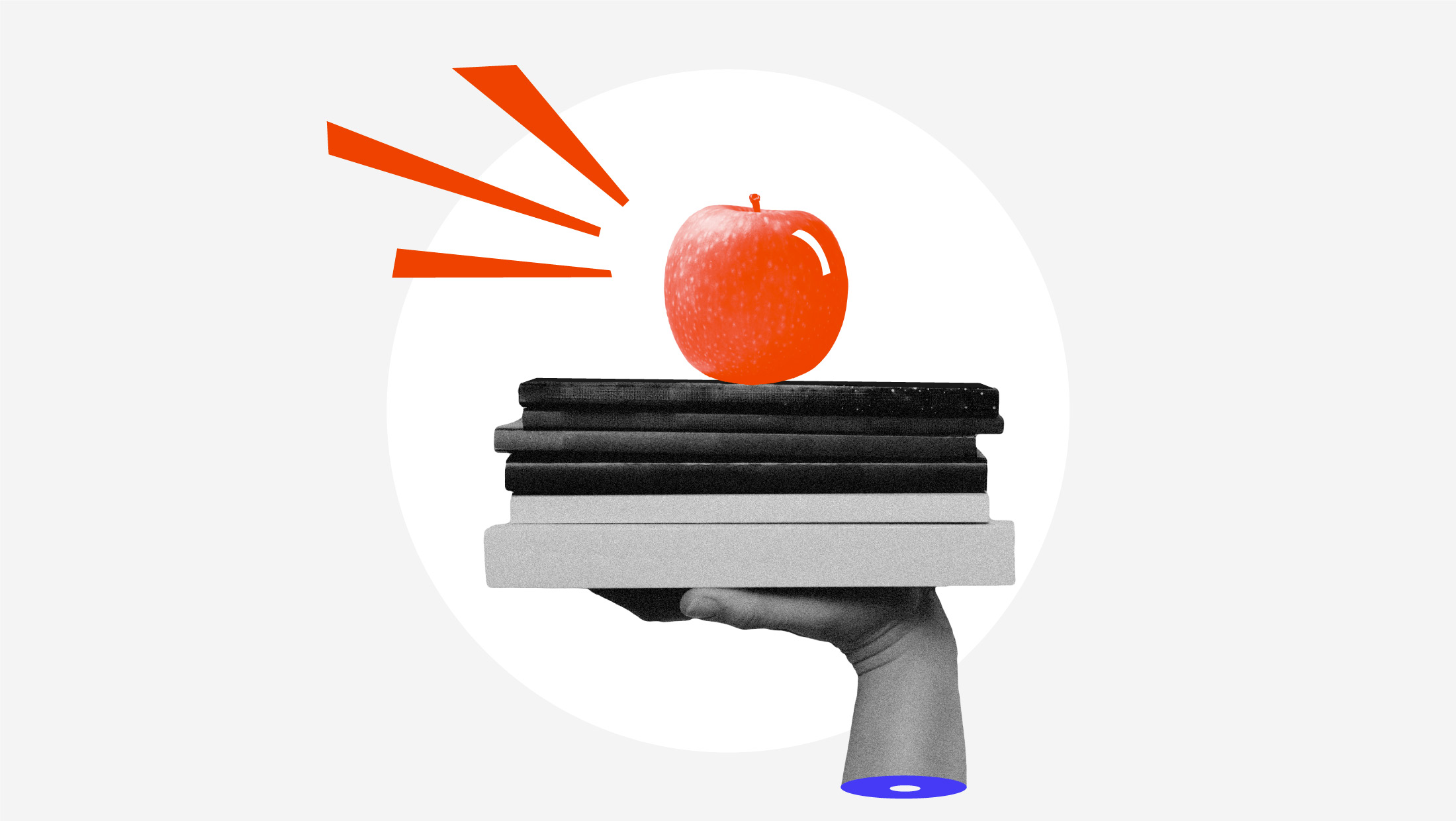How can we help you?
We want to hear from you. And it’s easy to reach us. Give us a shout at 844-886-2252, send us an email at hello@mediumgiant.co, visit our contact page, or fill out the form right here. You can expect a response within two business days.
What are you looking for?
The great newsletter rebirth
The internet is full of great content. The problem is finding it.
Fortunately, newsletters help solve this problem. Companies, news organizations, and writers are using newsletters to curate, entertain, and engage their most loyal audience.
Long live the newsletter.
The need for curation
When print news reigned, there was a finite amount of content for people to consume. Maybe you’d subscribe to The Economist and get in some extra business reading, but that’s about it.
But every day now, there are 10 million new blogs, 500 million published Facebook posts, and 720 million hours of YouTube videos. It is an understatement to say it’s difficult to keep up.
Newsletters have become a way for marketers to curate relevant content for an audience.
The Skimm changed a generation’s news habits by delivering quick, skimmable bites of info with human-centric copywriting. The Skimm’s daily newsletter reaches 7 million people a day, greater than The New York Times’ 6.5 million total subscribers.
But I thought email was dead
Email is practically ancient compared to new platforms such as podcasting, social media, and online video. Those platforms would have you believe that they are where people spend their time, but email is the glue that binds it all together.
There are 3.9 billion daily email users. Compare this to the 1.62 billion users who visit Facebook daily, and you can see that yes, email is alive and well.
And these users aren’t just working professionals either; studies show that 53% of Gen Z checks email daily.
There are even crazier stats — people say they spend 6.3 hours each weekday checking their email, and 30% of people check their email in the morning while they are still in bed!
Email is the backbone of our digital lives.
- It’s how you sign up for your social media account.
- It’s the account you use to checkout on ecommerce websites.
- It’s the first thing you get when you start a new job.
A friend had a harder time changing her email address than her social security card after she got married, because of the amount of accounts it was linked to.
But before we get back to newsletters, let’s talk about your blog.
No one has your company blog bookmarked
Unless you are a news media site, your blog isn’t a habitual destination for anyone. Most people stumble upon it from an organic search or click through from a promotional post or ad.
The point is that it is difficult for companies to distribute content to potential and existing customers. Social media will only get you so far before you have to cough up your credit card info to reach even your established followers.
A company newsletter is a great way to keep your fans up to date with the content you are creating. But why stop at the blog?
The newsletter is the content
We’ve established that the newsletter is a curated content delivery mechanism. But I would argue it can, and should, be so much more.
The best newsletters use original content to build the brand and further a marketer’s goals.
Your newsletter should provide inherent value to readers. If it’s an inventory of links to blogs or articles, it just becomes a reading list. But if it’s a summary, opinion, or analysis of what’s happening in your industry, then it becomes a content piece of its own.
Ask yourself, how can you delight your reader within the newsletter?
My personal favorite is the way The Daily Carnage closes every email with a vintage ad. Every day I scroll to the end to see the illustration, copy, or just funny photography to get a mini-history lesson in advertising.

There is no set newsletter style to follow. The best newsletters get creative with the format and treat it as an extension of their brand.
Newsletter subscribers are your best customers
People who willingly share their email addresses are your biggest and best fans.
Treat them well by always providing value. Delight them with offers, news, updates, and intel that others might not be privy to.
Email is the ultimate form of “permission marketing.” Subscribers are those who raise their hands and say, “Market to me, please!”
This phenomenon is impacting the media industry as reporters and writers are building their own platforms through newsletter services such as SubStack. Subscribers pay for content if it’s good enough.
Newsletter subscribers have trusted you with their email. You are invited, now …
Don’t overstay your welcome in the inbox
People can be relentless with the unsubscribe button. As soon as they’re turned off (spammy messaging, sales-y tactics, or too many emails), they’ll gladly remove themselves from your list.
You must walk a fine line with your newsletter to balance the following goals:
- Promoting content
- Highlighting products
- Selling
- Delivering valuable and unique news
You want to create lifelong customers who evangelize your brand. You don’t do that by over-messaging them.
Now go create something unique
Your newsletter is one of your greatest opportunities to transform subscribers into customers and, finally, into diehard brand loyalists.
Newsletters are having a rebirth because marketers are prioritizing their audiences’ needs. Email can be great, but it also can be horrible if abused through spam messaging, shitty content, and questionable practices.
The great newsletter rebirth
The internet is full of great content. The problem is finding it.
Fortunately, newsletters help solve this problem. Companies, news organizations, and writers are using newsletters to curate, entertain, and engage their most loyal audience.
Long live the newsletter.
The need for curation
When print news reigned, there was a finite amount of content for people to consume. Maybe you’d subscribe to The Economist and get in some extra business reading, but that’s about it.
But every day now, there are 10 million new blogs, 500 million published Facebook posts, and 720 million hours of YouTube videos. It is an understatement to say it’s difficult to keep up.
Newsletters have become a way for marketers to curate relevant content for an audience.
The Skimm changed a generation’s news habits by delivering quick, skimmable bites of info with human-centric copywriting. The Skimm’s daily newsletter reaches 7 million people a day, greater than The New York Times’ 6.5 million total subscribers.
But I thought email was dead
Email is practically ancient compared to new platforms such as podcasting, social media, and online video. Those platforms would have you believe that they are where people spend their time, but email is the glue that binds it all together.
There are 3.9 billion daily email users. Compare this to the 1.62 billion users who visit Facebook daily, and you can see that yes, email is alive and well.
And these users aren’t just working professionals either; studies show that 53% of Gen Z checks email daily.
There are even crazier stats — people say they spend 6.3 hours each weekday checking their email, and 30% of people check their email in the morning while they are still in bed!
Email is the backbone of our digital lives.
- It’s how you sign up for your social media account.
- It’s the account you use to checkout on ecommerce websites.
- It’s the first thing you get when you start a new job.
A friend had a harder time changing her email address than her social security card after she got married, because of the amount of accounts it was linked to.
But before we get back to newsletters, let’s talk about your blog.
No one has your company blog bookmarked
Unless you are a news media site, your blog isn’t a habitual destination for anyone. Most people stumble upon it from an organic search or click through from a promotional post or ad.
The point is that it is difficult for companies to distribute content to potential and existing customers. Social media will only get you so far before you have to cough up your credit card info to reach even your established followers.
A company newsletter is a great way to keep your fans up to date with the content you are creating. But why stop at the blog?
The newsletter is the content
We’ve established that the newsletter is a curated content delivery mechanism. But I would argue it can, and should, be so much more.
The best newsletters use original content to build the brand and further a marketer’s goals.
Your newsletter should provide inherent value to readers. If it’s an inventory of links to blogs or articles, it just becomes a reading list. But if it’s a summary, opinion, or analysis of what’s happening in your industry, then it becomes a content piece of its own.
Ask yourself, how can you delight your reader within the newsletter?
My personal favorite is the way The Daily Carnage closes every email with a vintage ad. Every day I scroll to the end to see the illustration, copy, or just funny photography to get a mini-history lesson in advertising.

There is no set newsletter style to follow. The best newsletters get creative with the format and treat it as an extension of their brand.
Newsletter subscribers are your best customers
People who willingly share their email addresses are your biggest and best fans.
Treat them well by always providing value. Delight them with offers, news, updates, and intel that others might not be privy to.
Email is the ultimate form of “permission marketing.” Subscribers are those who raise their hands and say, “Market to me, please!”
This phenomenon is impacting the media industry as reporters and writers are building their own platforms through newsletter services such as SubStack. Subscribers pay for content if it’s good enough.
Newsletter subscribers have trusted you with their email. You are invited, now …
Don’t overstay your welcome in the inbox
People can be relentless with the unsubscribe button. As soon as they’re turned off (spammy messaging, sales-y tactics, or too many emails), they’ll gladly remove themselves from your list.
You must walk a fine line with your newsletter to balance the following goals:
- Promoting content
- Highlighting products
- Selling
- Delivering valuable and unique news
You want to create lifelong customers who evangelize your brand. You don’t do that by over-messaging them.
Now go create something unique
Your newsletter is one of your greatest opportunities to transform subscribers into customers and, finally, into diehard brand loyalists.
Newsletters are having a rebirth because marketers are prioritizing their audiences’ needs. Email can be great, but it also can be horrible if abused through spam messaging, shitty content, and questionable practices.




